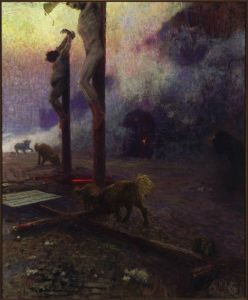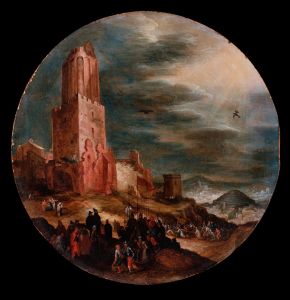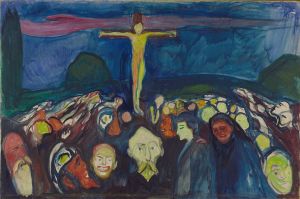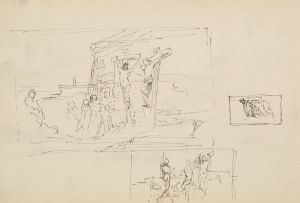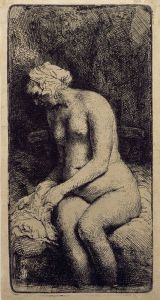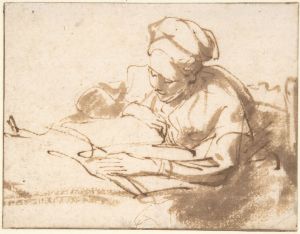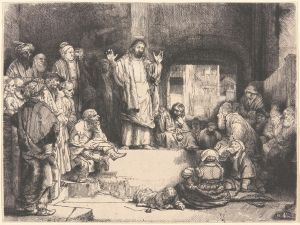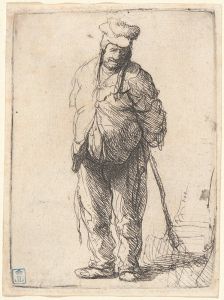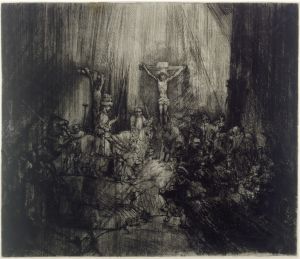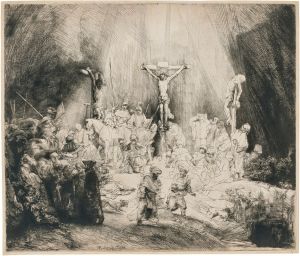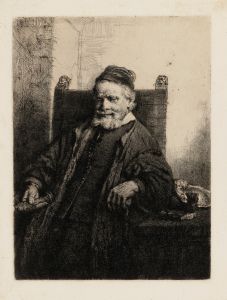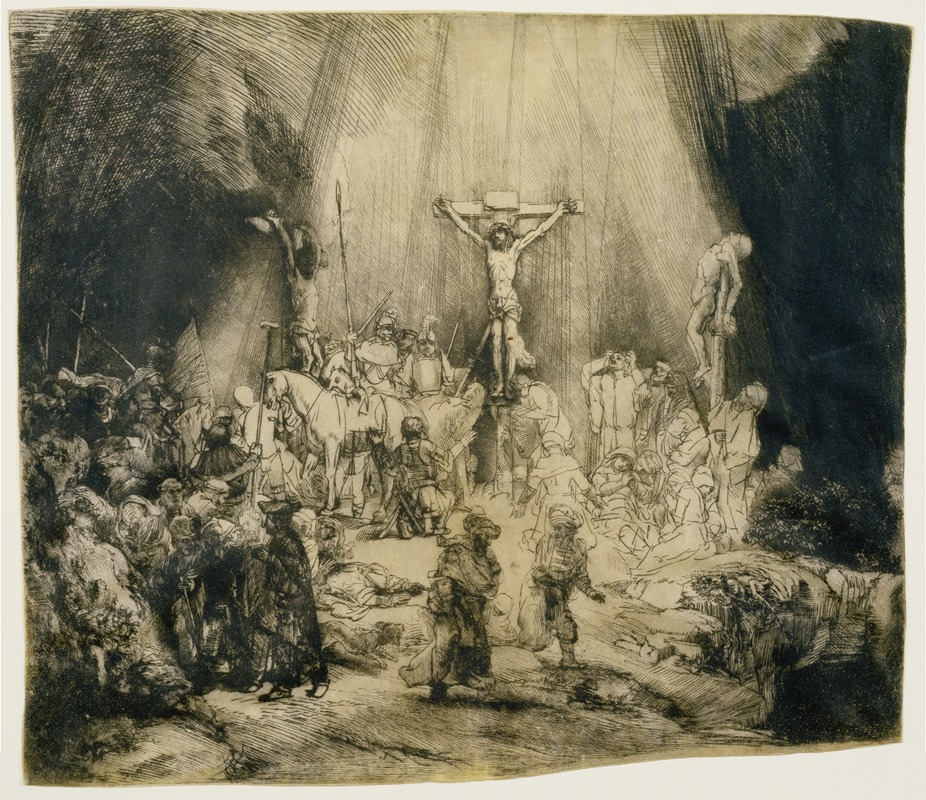
Christ crucified between the two thieves; ‘The three crosses’
A hand-painted replica of Rembrandt van Rijn’s masterpiece Christ crucified between the two thieves; ‘The three crosses’, meticulously crafted by professional artists to capture the true essence of the original. Each piece is created with museum-quality canvas and rare mineral pigments, carefully painted by experienced artists with delicate brushstrokes and rich, layered colors to perfectly recreate the texture of the original artwork. Unlike machine-printed reproductions, this hand-painted version brings the painting to life, infused with the artist’s emotions and skill in every stroke. Whether for personal collection or home decoration, it instantly elevates the artistic atmosphere of any space.
"Christ Crucified Between the Two Thieves," commonly known as "The Three Crosses," is a celebrated work by the Dutch artist Rembrandt van Rijn. This artwork is not a painting but an etching, a form of printmaking that Rembrandt mastered and innovated during his career. The piece was created in 1653 and is renowned for its dramatic use of light and shadow, a technique known as chiaroscuro, which Rembrandt employed to enhance the emotional intensity of the scene.
"The Three Crosses" depicts the crucifixion of Jesus Christ, a central event in Christian theology, alongside the two thieves who were crucified with him. The composition is notable for its dynamic arrangement and the way it captures the tumultuous atmosphere of the event. Rembrandt's use of etching and drypoint techniques allowed him to create a rich, textured surface that conveys the depth of human emotion and the gravity of the moment.
The etching went through several states, or versions, as Rembrandt reworked the plate to refine the image. The first state is characterized by a relatively clear and detailed depiction, with a focus on the figures and the surrounding crowd. As Rembrandt progressed through subsequent states, he introduced more dramatic contrasts and alterations, intensifying the emotional impact. By the fourth state, the composition had become darker and more somber, with additional figures and changes in the lighting that heighten the sense of drama.
Rembrandt's ability to convey complex human emotions and spiritual themes is evident in "The Three Crosses." The central figure of Christ is depicted with a sense of serenity amidst the chaos, while the surrounding figures express a range of reactions, from grief to indifference. This contrast highlights the isolation of Christ in his suffering and the varied human responses to his crucifixion.
The etching is also significant for its technical mastery. Rembrandt's innovative use of drypoint, a technique where the artist scratches directly onto the plate, allowed him to achieve a richness of line and texture that was unprecedented at the time. This method, combined with his skillful handling of light and shadow, creates a powerful visual narrative that engages viewers on both an emotional and intellectual level.
"The Three Crosses" is housed in several collections, with different states of the etching available for study. The work is a testament to Rembrandt's genius as an artist and his ability to convey profound spiritual and human truths through his art. It remains a significant example of 17th-century printmaking and continues to be studied and admired for its artistic and historical importance.





